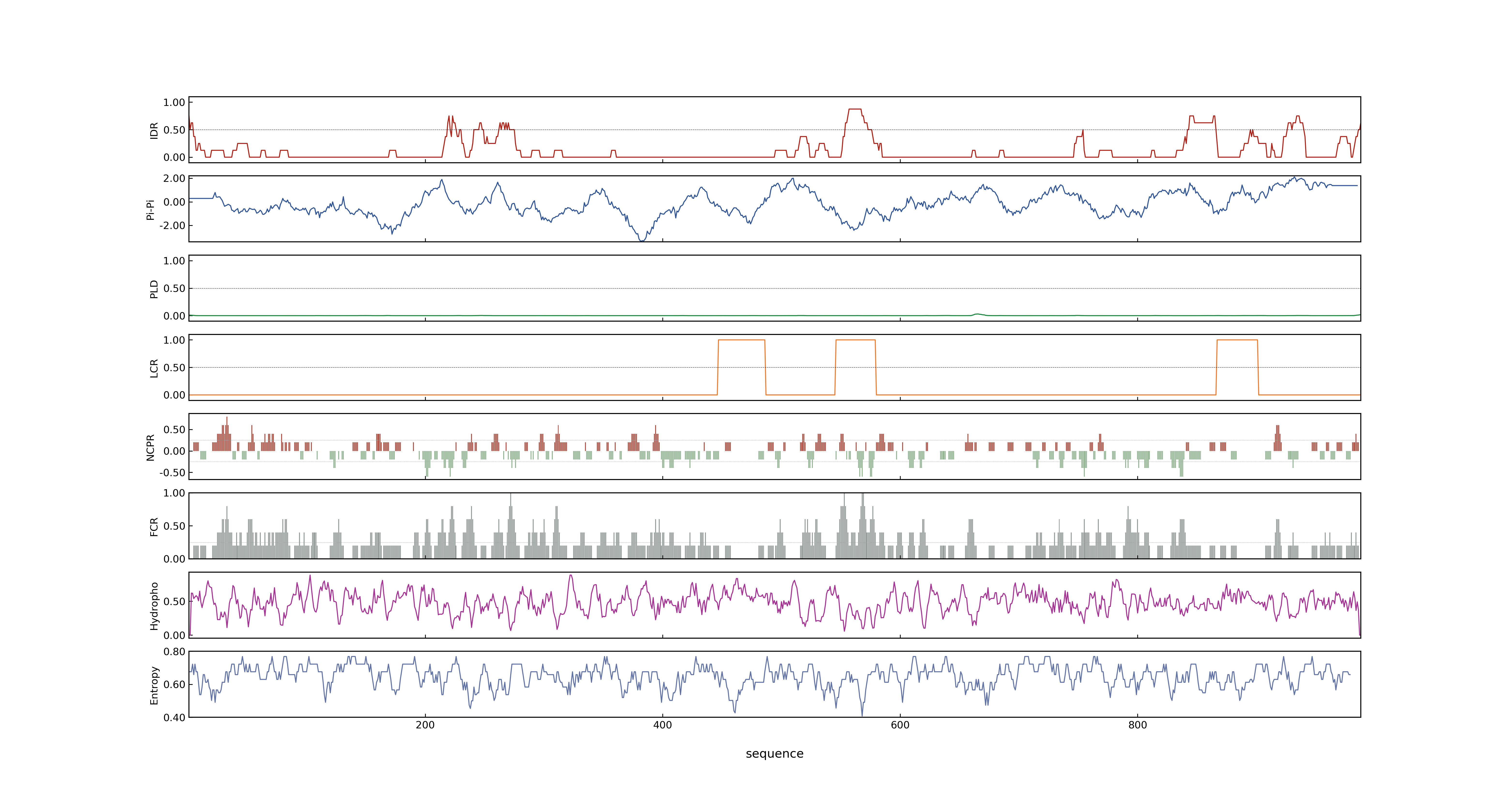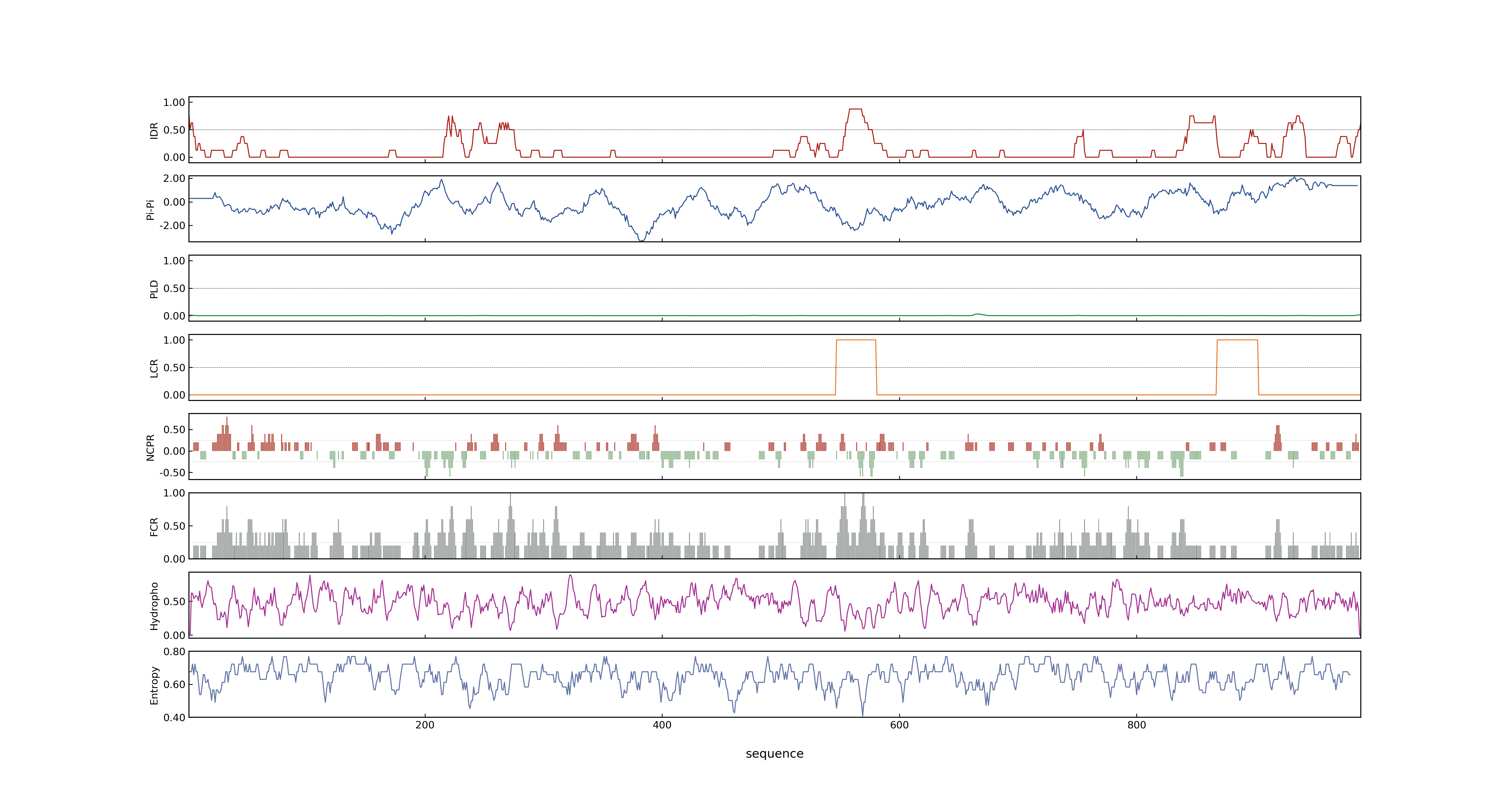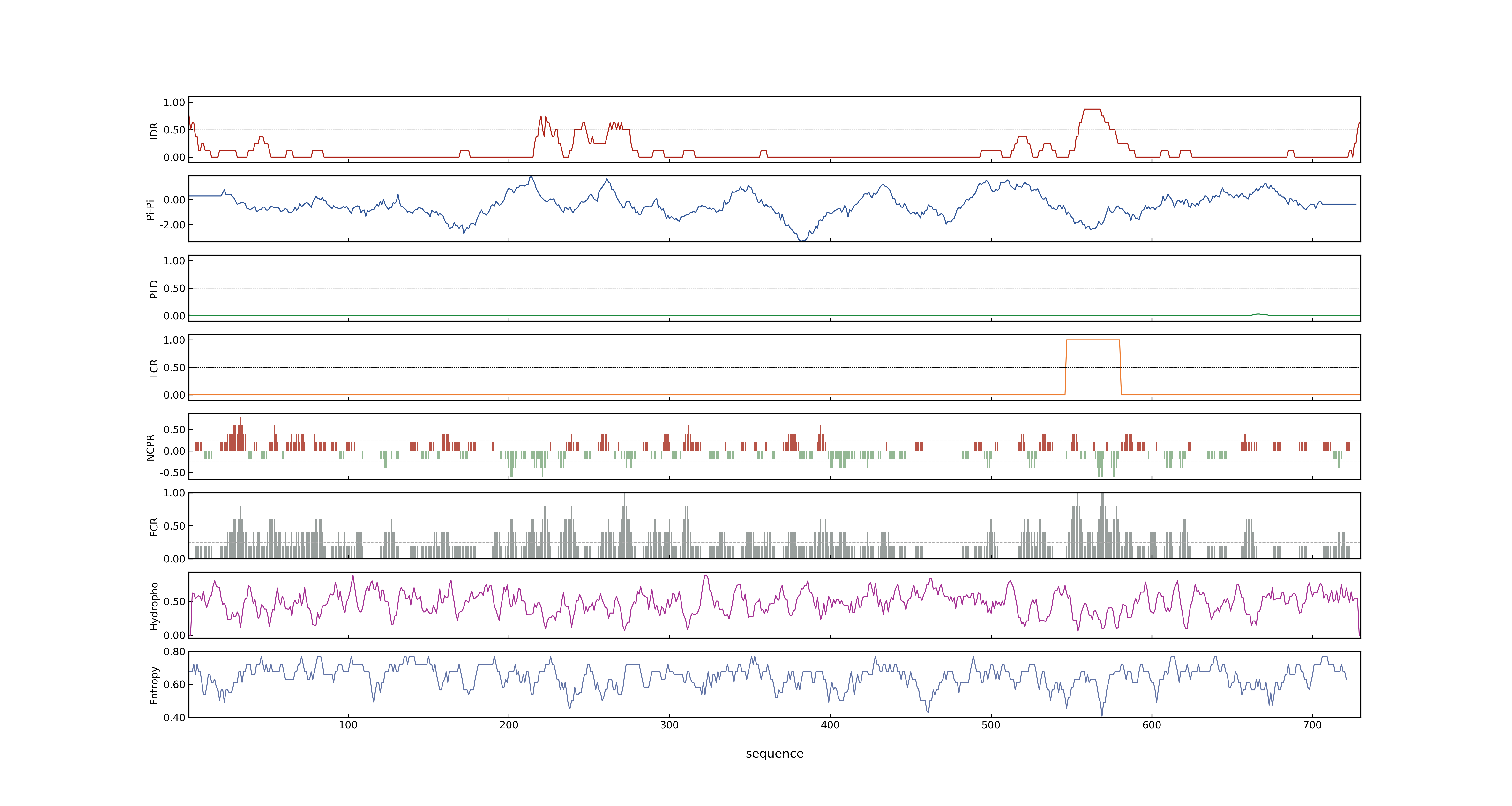- Information
- Symbol: SRL2,AVB,NRL2
- MSU: LOC_Os03g19520
- RAPdb: Os03g0308200
- PSP score
- LOC_Os03g19520.1: 0.7293
- LOC_Os03g19520.2: 0.7293
- LOC_Os03g19520.3: 0.4001
- PLAAC score
- LOC_Os03g19520.1: 0
- LOC_Os03g19520.2: 0
- LOC_Os03g19520.3: 0
- pLDDT score
- NA
- MolPhase score
- LOC_Os03g19520.1: 0.99841105
- LOC_Os03g19520.2: 0.99805009
- LOC_Os03g19520.3: 0.98529541
- MolPhase Result
- Publication
- Semi-Rolled Leaf2 modulates rice leaf rolling by regulating abaxial side cell differentiation., 2016, J Exp Bot.
- ABNORMAL VASCULAR BUNDLES regulates cell proliferation and procambium cell establishment during aerial organ development in rice., 2016, New Phytol.
- NARROW AND ROLLED LEAF 2 regulates leaf shape, male fertility, and seed size in rice., 2016, J Integr Plant Biol.
-
Genbank accession number
- Key message
- Here, we describe a srl2 (semi-rolled leaf2) rice mutant, which has incurved leaves due to the presence of defective sclerenchymatous cells on the abaxial side of the leaf and displays narrow leaves and reduced plant height
- SRL2 was mainly expressed in the vascular bundles of leaf blades, leaf sheaths, and roots, especially in their sclerenchymatous cells
- The transcriptional activities of several leaf development-related YABBY genes were significantly altered in the srl2 mutant
- Double mutant analysis suggested that SRL2 and SHALLOT-LIKE1 (SLL1)/ROLLED LEAF9 (RL9) function in distinct pathways that regulate abaxial-side leaf development
- Hence, SRL2 plays an important role in regulating leaf development, particularly during sclerenchymatous cell differentiation
- Map-based cloning revealed that SRL2 encodes a novel plant-specific protein of unknown biochemical function
- RNA sequencing (RNA-seq) showed that the development process was affected in avb
- Our research shows that AVB is involved in the maintenance of the normal cell division pattern in lateral primordia development and that the AVB gene is required for procambium establishment following auxin signaling
- Map-based cloning and genetic complementation demonstrated that AVB encodes a land plant conserved protein with unknown functions
- Ploidy analysis and the inÃÂÃÂÃÂÃÂ situ expression patterns of histone H4 confirmed that cell proliferation was impaired during lateral primordia development, whereas procambium cells showed a greater ability to undergo cell division in avb
- The NRL2 protein interacted with Rolling-leaf (RL14), causing the leaves of the nrl2 mutants to have a higher cellulose content and lower lignin content than the WT, which may have been related to sclerenchymatous cell differentiation and tapetum degeneration
- The mutation of NRL2 caused pleiotropic effects, including a reduction in the number of longitudinal veins, defective abaxial sclerenchymatous cell differentiation, abnormal tapetum degeneration and microspore development, and the formation of more slender seeds compared with the wild type (WT)
- Connection
- RL9~SLL1, SRL2~AVB~NRL2, Semi-Rolled Leaf2 modulates rice leaf rolling by regulating abaxial side cell differentiation., Double mutant analysis suggested that SRL2 and SHALLOT-LIKE1 (SLL1)/ROLLED LEAF9 (RL9) function in distinct pathways that regulate abaxial-side leaf development
- RL14, SRL2~AVB~NRL2, NARROW AND ROLLED LEAF 2 regulates leaf shape, male fertility, and seed size in rice., The NRL2 protein interacted with Rolling-leaf (RL14), causing the leaves of the nrl2 mutants to have a higher cellulose content and lower lignin content than the WT, which may have been related to sclerenchymatous cell differentiation and tapetum degeneration
Prev Next


